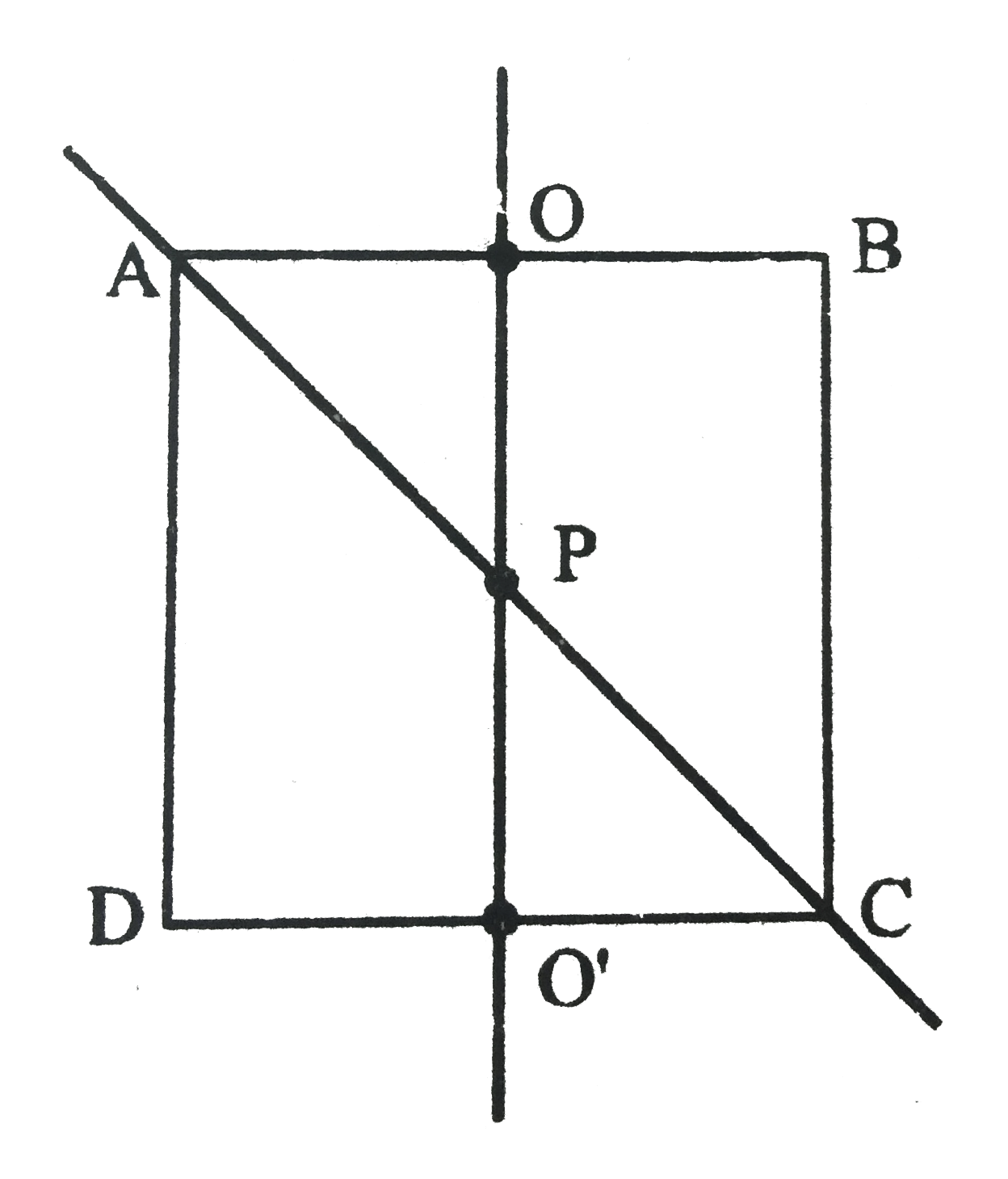Let I1 and I2 be the moments of inertia of two bodies of identical geometrical shape, the first made of aluminimum and the second of iron. Solution in Telugu
I1<I2
I1=I2
I1>I2
relation betweenI1 and I2 depends on the actual shapes of the bodies
The correct Answer is:A
Step by step video, text & image solution for Let I_(1) and I_(2) be the moments of inertia of two bodies of identical geometrical shape, the first made of aluminimum and the second of iron. by Physics experts to help you in doubts & scoring excellent marks in Class 11 exams.
Updated on:21/07/2023Topper's Solved these Questions
- SYSTEM OF PARTICLES AND ROTATIONAL MOTIONBook:AAKASH SERIESChapter:SYSTEM OF PARTICLES AND ROTATIONAL MOTIONExercise:EXERCISE - 1B
Explore 51 Videos
- SYSTEM OF PARTICLES AND ROTATIONAL MOTIONBook:AAKASH SERIESChapter:SYSTEM OF PARTICLES AND ROTATIONAL MOTIONExercise:EXERCISE - 2
Explore 106 Videos
- SYSTEM OF PARTICLES AND ROTATIONAL MOTIONBook:AAKASH SERIESChapter:SYSTEM OF PARTICLES AND ROTATIONAL MOTIONExercise:PRACTICE EXERCISE
Explore 99 Videos
- SURFACE TENSIONBook:AAKASH SERIESChapter:SURFACE TENSIONExercise:ADDITIONAL PRACTICE EXERCISE (PRACTICE SHEET (ADVANCED) INTEGER TYPE QUESTIONS )
Explore 8 Videos
- THERMAL PROPERTIES OF MATTERBook:AAKASH SERIESChapter:THERMAL PROPERTIES OF MATTERExercise:ADDITIONAL PRACTICE EXERCISE (LEVEL - II) PRACTICE SHEET (ADVANCED) Integer/Subjective Type Questions
Explore 2 Videos
Similar Questions
(A) : Position of centre of mass of a body (w.r.t body frame) is independent of co-ordinate system.
(R ) : Internal forces do not effect the motion of centre of mass.
View SolutionCentre of mass of two particle with masses 2 kg and 1 kg locsted at (1, 0, 1) and (2, 2, 0) has the co - ordinates of
View SolutionThe centre of mass of two particles with masses 2kg and 6 kg located at (1,1,1), (2,2,1) respectively has the coordinates
View SolutionIf the work done in blowing a soap bubble of volume 'V' is W, then the work done in blowing a soap bubble of volume '2V' is
View SolutionA constant pressure gas thermometer has a volume of 200cc, 273.2cc and 525 .1cc at 0°C, 100°C and boiling point of sulphur respectively. The resistance possessed by a platinum wire at the same temperatures as above are 2.000Ω,2.778Ωand5.280Ω respectively. Estimate the boiling point of sulphur on the basis of the two sets of observations.
View SolutionLet I_(1) and I_(2) be the moment of inertia of a uniform square plate about axes shown in the figure. Then the ratio I_(1):I_(2) is
View SolutionLet IA and IB be moments of inertia of a body about two axes A and B respectively. The axis A passes through the centre of mass of the body but B does not
View SolutionLet IA and IB be moments of inertia of a body about two axes A and B respectively. The axis A passes through the centre of mass of the body but B does not
View SolutionLet I1 and I2 be the moment of inertia of a uniform square plate about axes APC and OPO respectively as shown in the figure.P is centre of square. The ratio I1I2 moment of inertia is -
 .
.
View Solutionएक जैसी ज्यामितीय आकृत्तियों वाली दो वस्तुओं के जड़त्व आघूर्ण I1 तथा I2 हैं । पहली वस्तु ऐलुमिनियम की तथा दूसरी लोहे की बनी ही है । इनमें सही कथन बताएँ।
View Solutionघूर्णी गति कर रहे दो पिंडों के कोणीय संवेग समान है। यदि उनके जड़त्व आघूर्ण I1 व I2 हों तथा I1>I2 हो तो किस पिंड की घूर्णन गतिज ऊर्जा अधिक होगी?
View SolutionStatement - 1 : Let I_(1) and I_(2) be the moment of inertia of two bodies of identical geometrical shapes, the first made of aluminium and second of iron then I_(1) lt I_(2) . Becaause Statement - 2 : Moment of inertia does not depends on shape
View SolutionIf I_(1) , I_(2) ,and I_(3) are moments of inertia of a disc about its geometric axis,diameter and a tangent in its plane,then
View SolutionLet IA and IB be moments of inertia of a body about two axes A and B respectively. The axis A passes through the centre of mass of the body but B does not. Then
View SolutionTwo bodies with moment of inertia I1 and I2(I2>I1) are rotating with same angular momentum. If K1 and K2 are their kinetic energies, then
View SolutionLet IA and IB be moments of inertia of a body about two axes A and B respectively. The axis A passes through the centre of mass of the body but B does not.
View Solution
